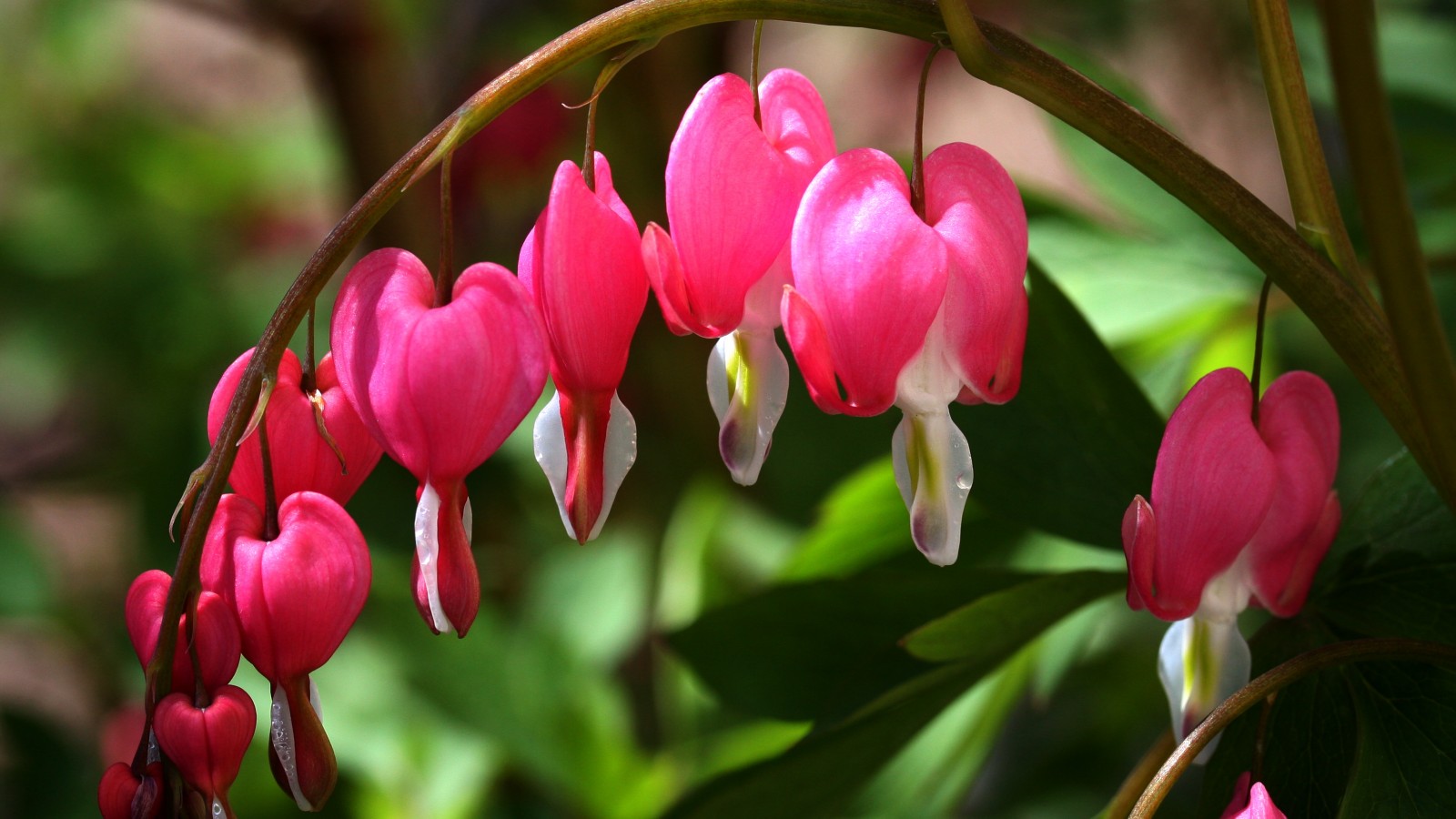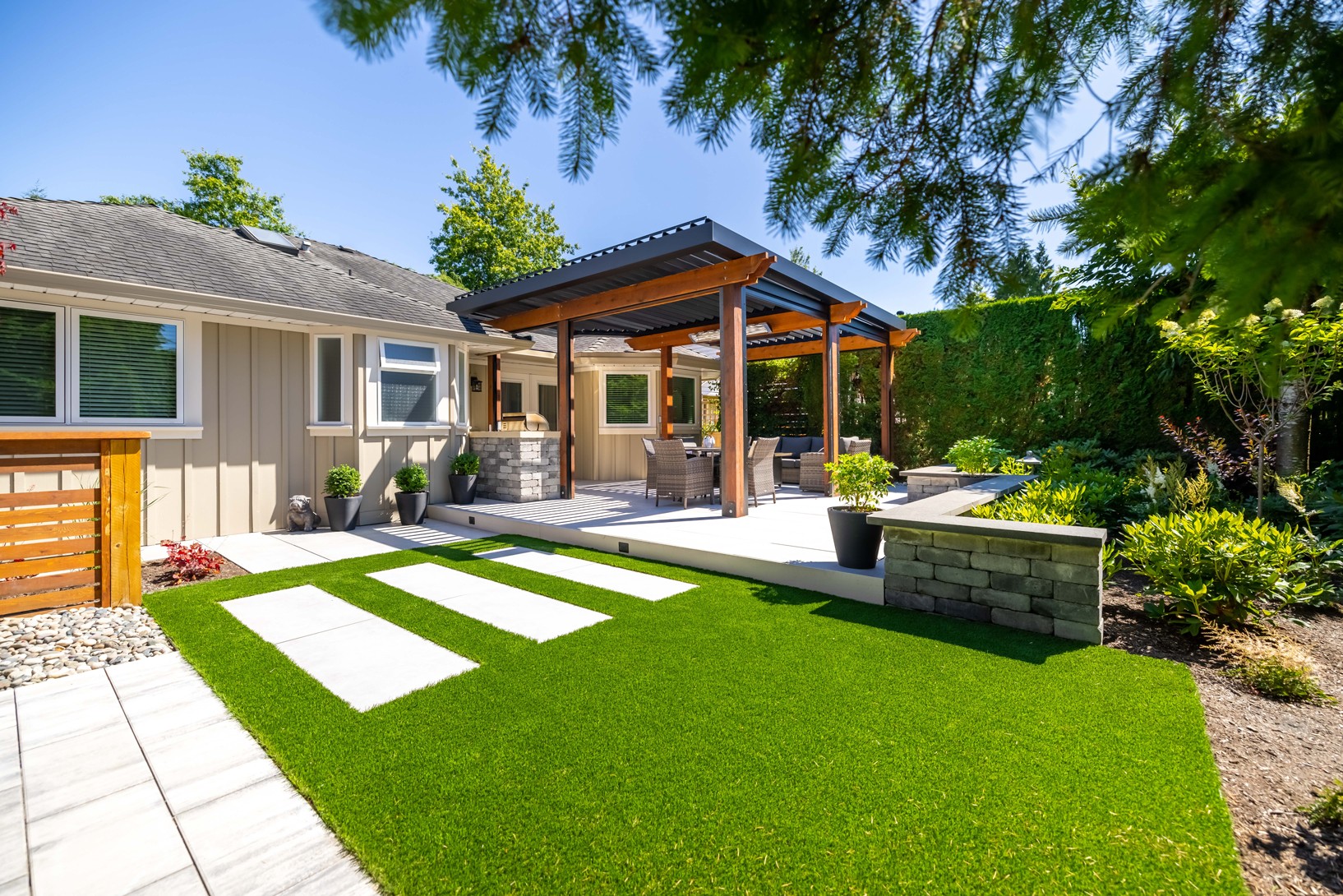
Tips for the Best Spring Blooms (from Bulbs)
How to choose, plant and store bulbs so they thrive in the spring!
Our favourite native plants, annuals and perennials for garden projects
Add in all the different conditions our region can throw at it — like dry summers, wet springs, and cold winters — and it can difficult to know how to keep your flowers happy and healthy.
I get it! I’ve worked in the landscaping industry for over ten years. Choosing the right plants for your garden can have a drastic impact on the look and feel of your space. If you’re looking to breathe new life into your outdoors, here are some great options.
I always recommend starting with native plants because it allows for biodiversity to thrive and they aren’t invasive. Native plants also tend to be lower maintenance than their exotic counterparts, because they’re meant to flourish in our area.
Native plants allow for pollinators like bees, birds, and butterflies to move the pollen grain from the anther (male part) to the stigma (female part) of a flower, producing seeds and fruits for the next year. Pollinators are important parts of every ecosystem around the world and a substantial portion of our food can’t be grown without them! Huge swathes of the orchards in the Okanagan Valley wouldn’t be able to survive without pollinators.
All that to say… choose native if you can! Here are my top choices:
If you’re not set on a colour combination or texture, I suggest using annuals. As the name implies, annuals are plants that complete their lifecycle — from germination to the production of seeds — within one year. Annuals allow you to change colours each year, so you can accent your new patio accessories or keep up with current design trends
For our region, here are two great options for your garden:
Unlike annuals, perennial plants live for longer than two years. Try these three for the lower mainland.
In BC, It’s important to select trees that can withstand changing climates and seasons. Here are two I’d consider:
Whether you want to plant your new garden yourself or want to consult with a landscaper, I hope this post gives you a helpful starting point. Want to take a peek at more of the gardens we’ve designed? Browse our featured projects!

How to choose, plant and store bulbs so they thrive in the spring!
Five reasons why it’s worth paying for a professional design
These hard-working plants are essential for your pond’s health.
How to increase your privacy and hide the neighbour’s unsightly shed
Why your landscape project should always start with design
Advice and tips on choosing a spa and hot tub straight from our design team.









